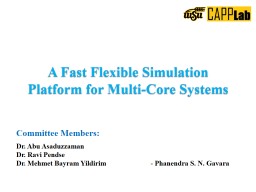PPT-April 9, 2012 Case Study: Complex Multi-Core Virtual Platform Enablement Using TLM 2.0
Author : lastinsetp | Published Date : 2020-08-04
Navaneet Kumar Sandeep Jain Rajesh Jain Networking amp Multimedia Solutions Group Updated Jan 2012 Outline Virtual Platform Challenges amp Requirement Significance
Presentation Embed Code
Download Presentation
Download Presentation The PPT/PDF document "April 9, 2012 Case Study: Complex Multi-..." is the property of its rightful owner. Permission is granted to download and print the materials on this website for personal, non-commercial use only, and to display it on your personal computer provided you do not modify the materials and that you retain all copyright notices contained in the materials. By downloading content from our website, you accept the terms of this agreement.
April 9, 2012 Case Study: Complex Multi-Core Virtual Platform Enablement Using TLM 2.0: Transcript
Download Rules Of Document
"April 9, 2012 Case Study: Complex Multi-Core Virtual Platform Enablement Using TLM 2.0"The content belongs to its owner. You may download and print it for personal use, without modification, and keep all copyright notices. By downloading, you agree to these terms.
Related Documents

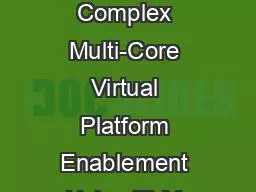

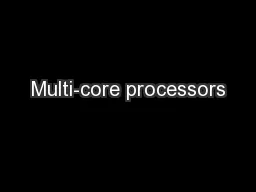


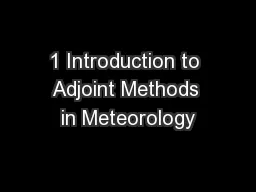
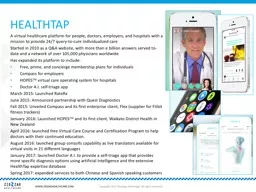
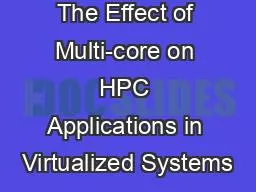
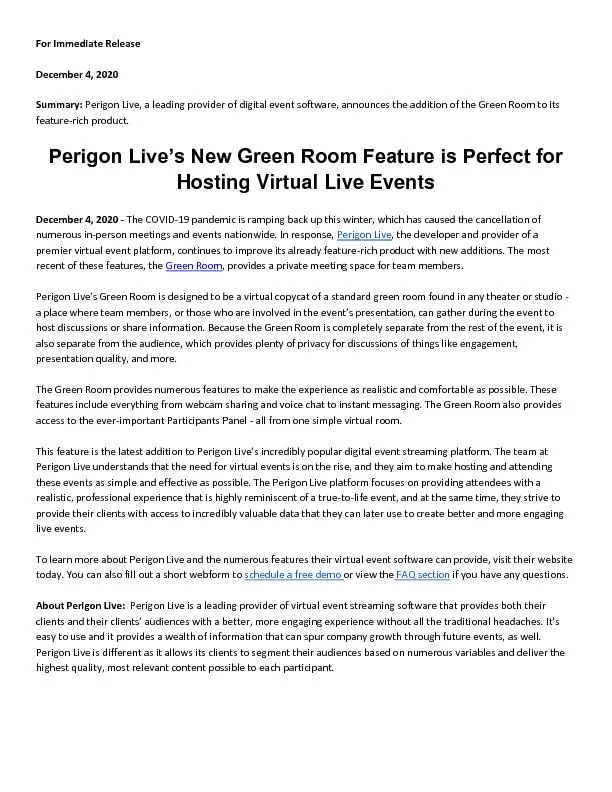
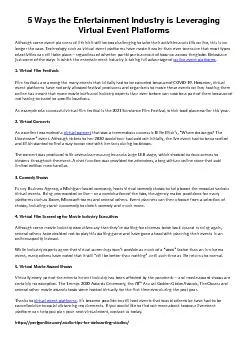
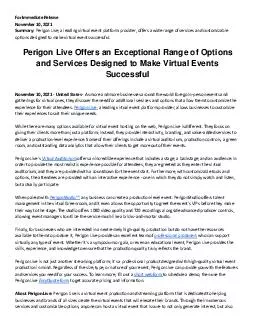
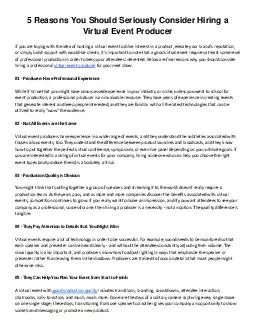
![[FREE]-C 7 and .NET Core: Modern Cross-Platform Development: Create powerful cross-platform](https://thumbs.docslides.com/980670/free-c-7-and-net-core-modern-cross-platform-development-create-powerful-cross-platform-applications-using-c-7-net-core-and-visual-studio-2017-or-visual-studio-code-2nd-edition.jpg)
